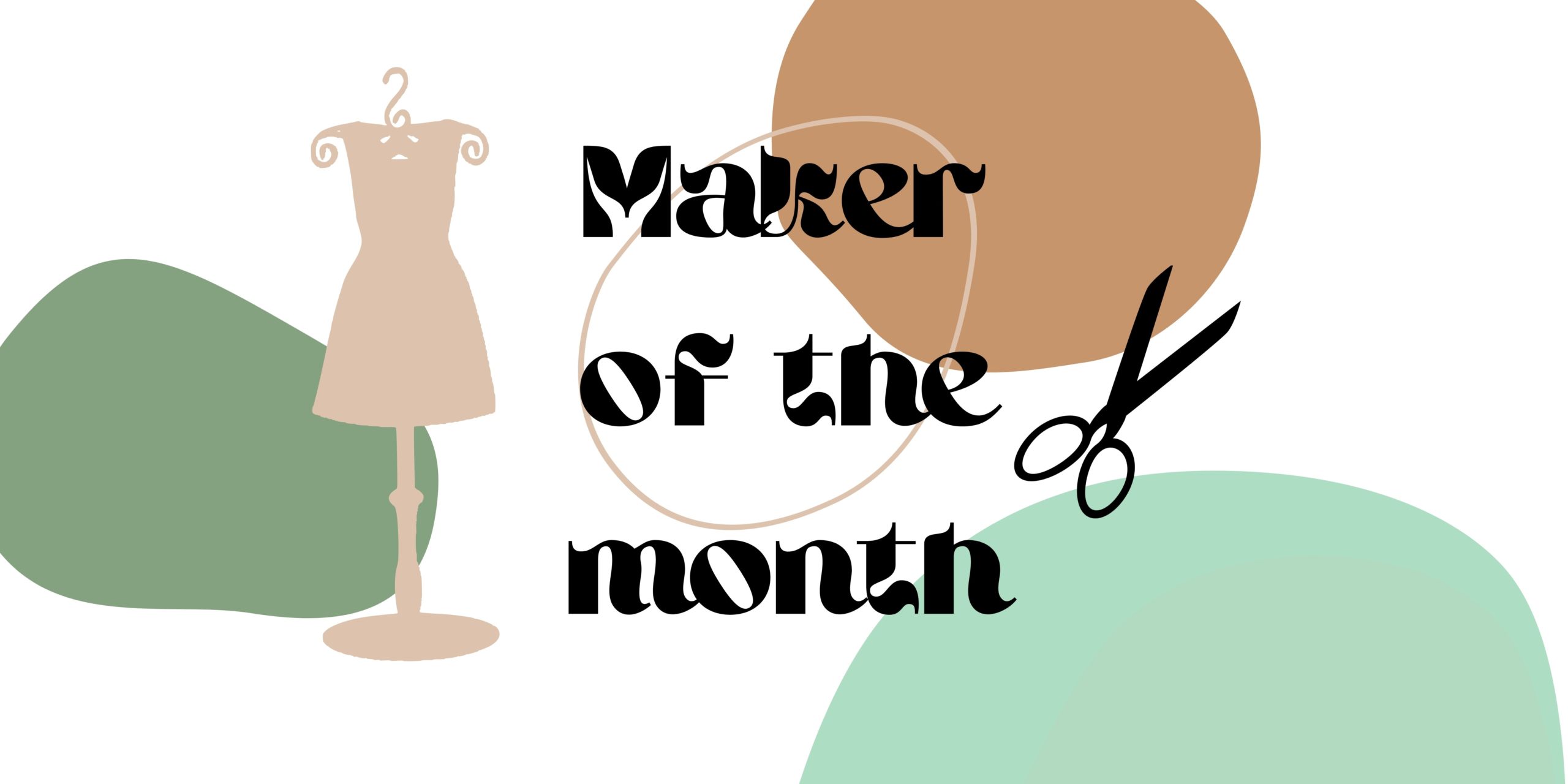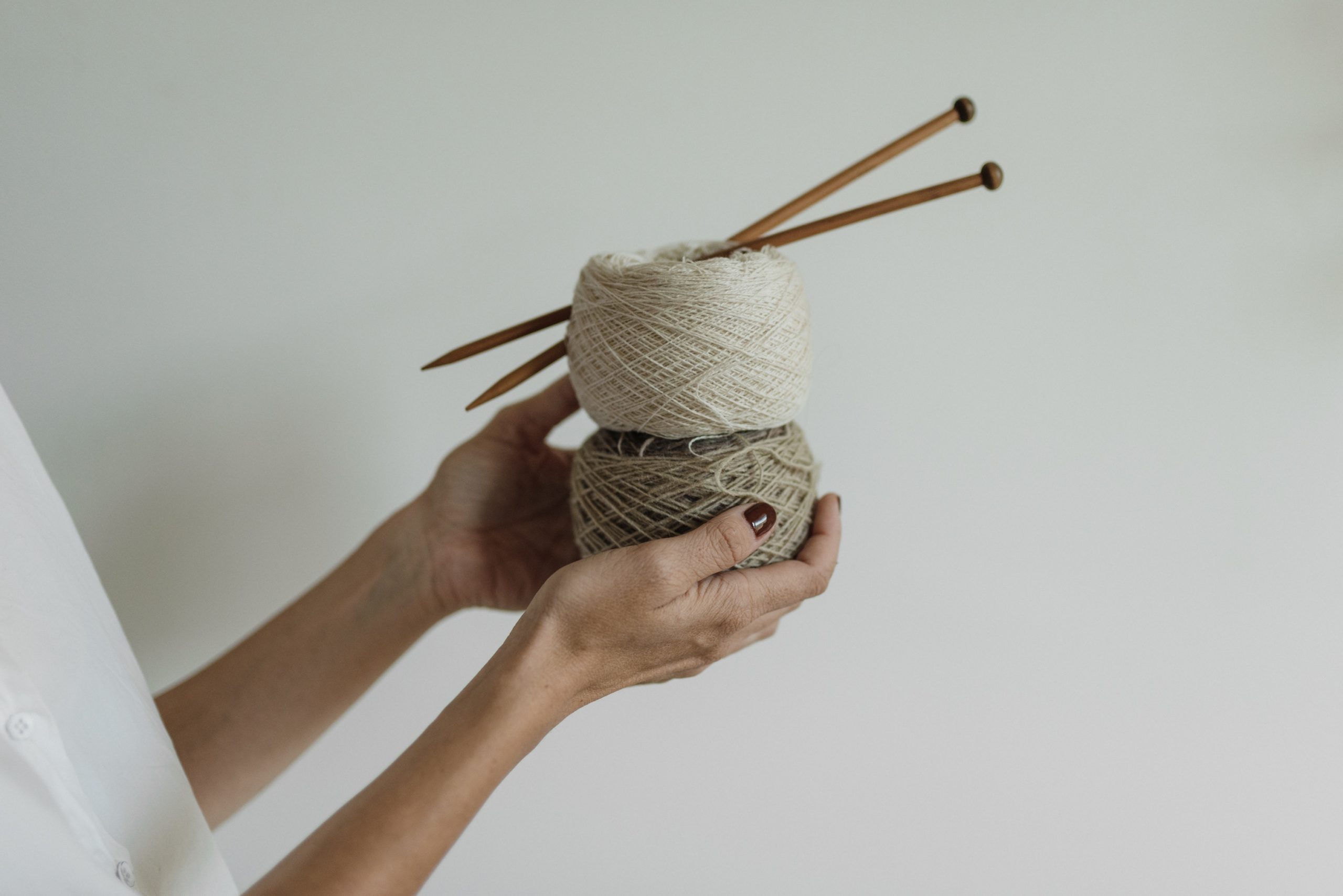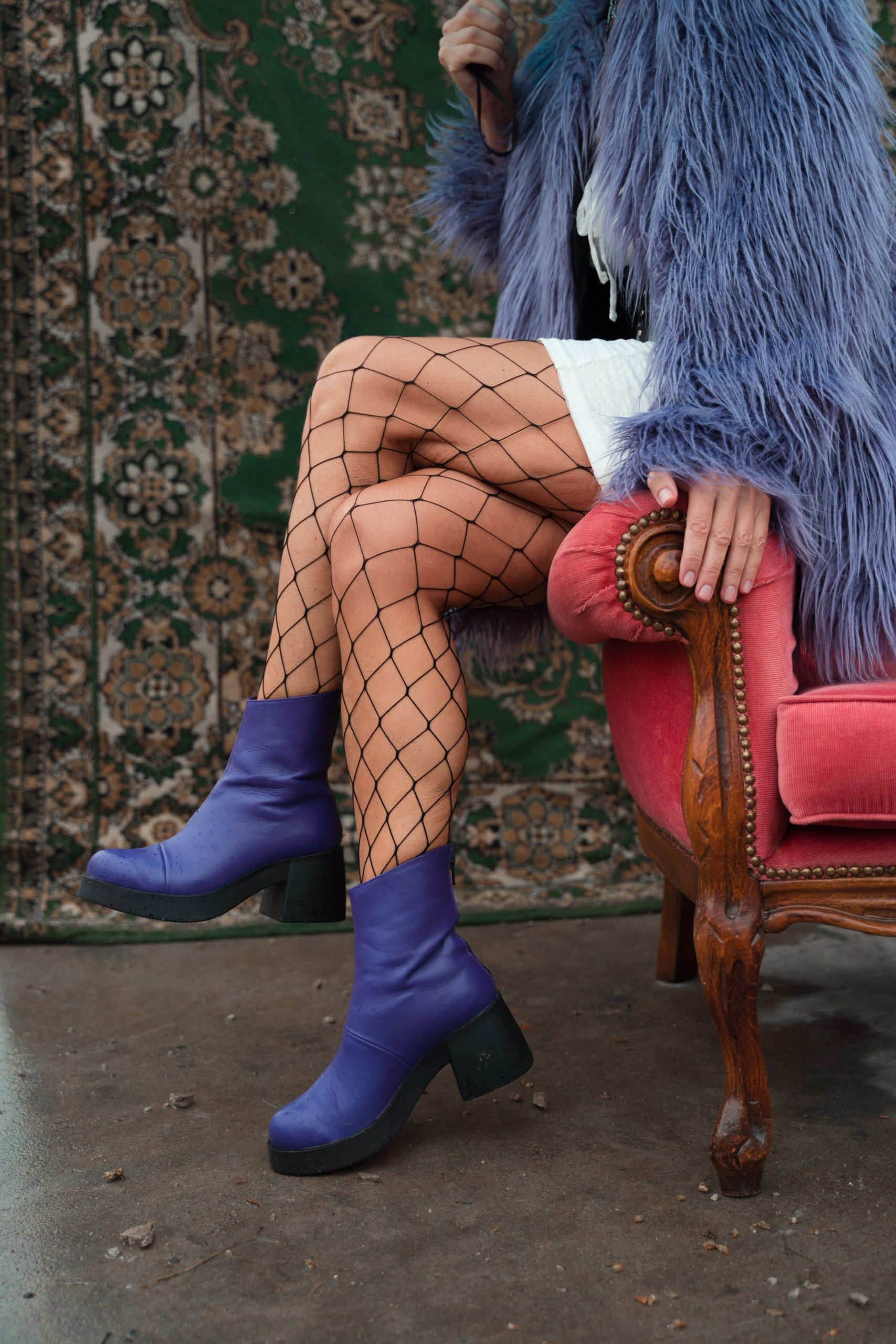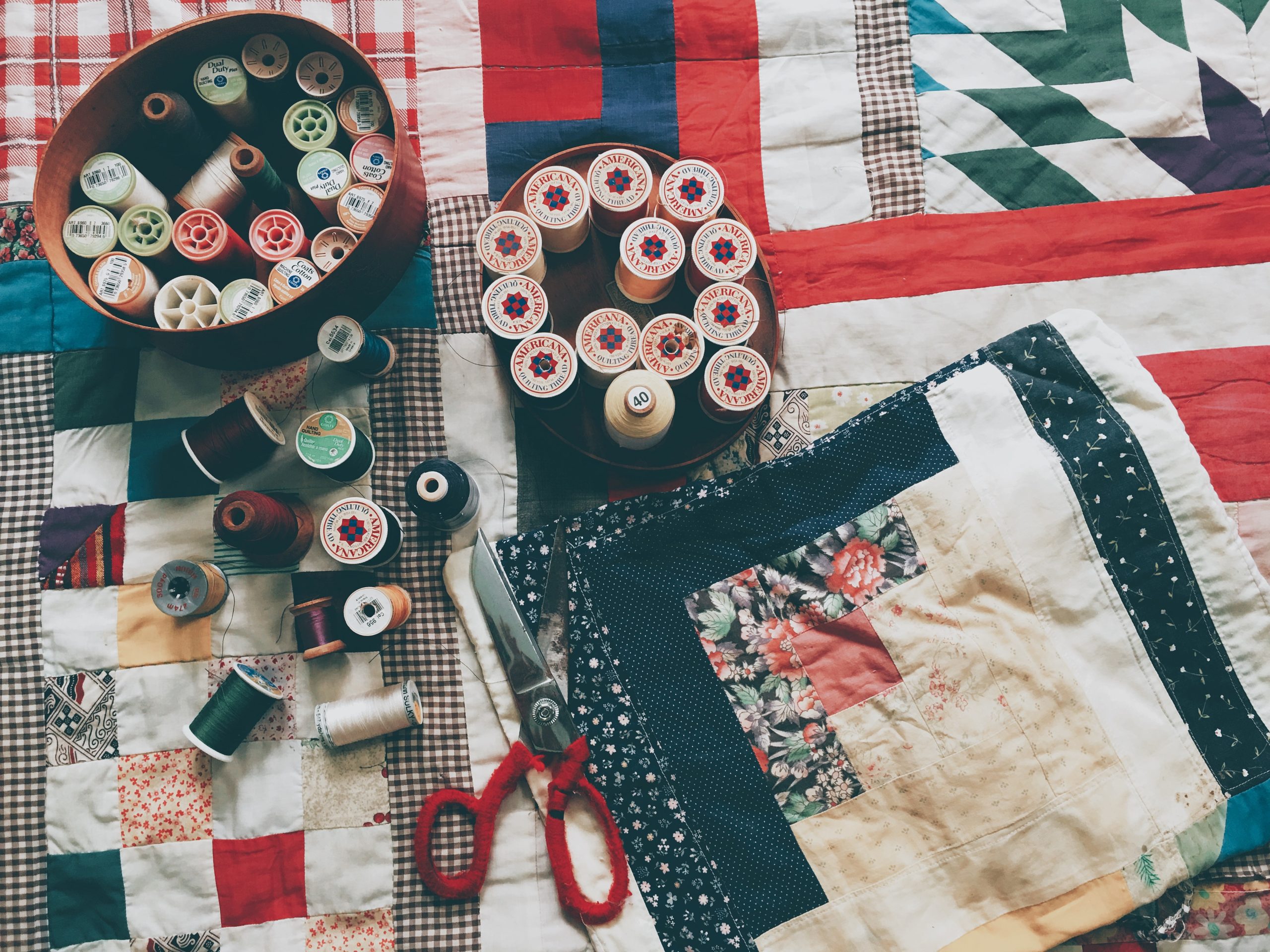In order to truly understand the history of needlework and how special a craft it is, Rejig recently toured the Fashion and Textile Museum in Bermondsey, London and their current exhibition ‘150 Years of the Royal School of Needlework: Crown to Catwalk’.
For context on the importance of the work they do, The Royal School of Needlework (RSN) was set up by Lady Victoria Welby in 1872. Originally named the School of Art Needlework, it was founded to ensure embroidery techniques such as goldwork, silk shading, whitework, blackwork and crewelwork were kept alive. The RSN was founded on two key principles, the first, the preservation of hand embroidery as an art form and the second, the support of women’s independence through work.
The School was one of several organisations at the time that offered jobs for women, with the techniques learned providing suitable employment. Still remaining, the School has moved on six occasions and changed its named twice, but keeps embroidery practised and relevant today.
“To revive a beautiful art which had fallen into disuse and, through its revival, to provide employment for educated women who, without a suitable livelihood, would otherwise find themselves compelled to live in poverty.”
Lady Victoria Welby
The exhibition, which opened on April 1, presents over 120 embroidered pieces and design ephemera spanning from 1872 to the present day. Chief Executive Dr Susan Kay Williams said in a statement: “In 1872, embroidery was diminishing, and techniques were becoming lost in history. Alongside this there were a growing number of gentlewomen who were in the position of needing to earn an income, for example, if their husbands or fathers had died. With no welfare state or source of funding, these women were on the brink of destitution.” Today the exhibition explores the RSN from when it began to present day, and the work of the many students who have been part of preserving the hand craft skills.
When walking through the museum something that caught my eye was that during the Second World War the RSN embarked on two programmes, the first was a series of kits for people to stitch their own regimental badge. The second was an RSN published series called Needlework in War Time to help people make their own clothes. Starting with lingerie, after the War Office stepped in, the reuse of clothes was added. It resonated with me that they made efforts to encourage people to make their own clothes and hand stitch. This is something I feel was lost but over the course of the pandemic hand making and crafts made a comeback.
The exhibition explores great names of the Arts and Crafts movement, commissions produced for the British royal family, contemporary works created for top, international designers and pieces by the RSN’s talented students. It also hosts textiles from the Royal School of Needlework’s 5,000-piece archive and examples from museums and collections across the UK.
Head of Exhibitions at the Fashion and Textile Dennis Nothdruft says: “The Royal School of Needlework has been instrumental in preserving this nation’s traditional needlework skills; honouring the past whilst ensuring their place in the future, marrying contemporary design with peerless technique. The Fashion and Textile Museum is delighted to collaborate with the RSN to present 150 Years of the Royal School of Needlework: Crown to Catwalk, a fitting celebration of this important and cherished national institution.”
Our latest video explores Lady Alice Montagu-Douglas-Scott’s Trousseau which was created for her by the RSN in the 1930s.
— Royal School of Needlework (@RoyalNeedlework) April 21, 2022
See a selection from our archival lingerie collection at the @fashiontextile in our 150th Anniversary Exhibition.
Book here: https://t.co/i1KXjf8isg pic.twitter.com/yu5UFJqqgF
Come and see this remarkable project in our 150 years of the royal school of needlework exhibition! @RoyalNeedlework https://t.co/GdSxa7dDEs
— Fashion and Textile Museum (@FashionTextile) April 21, 2022
Watch the video tour and Rejig’s Editor’s favourites from the museum here.






